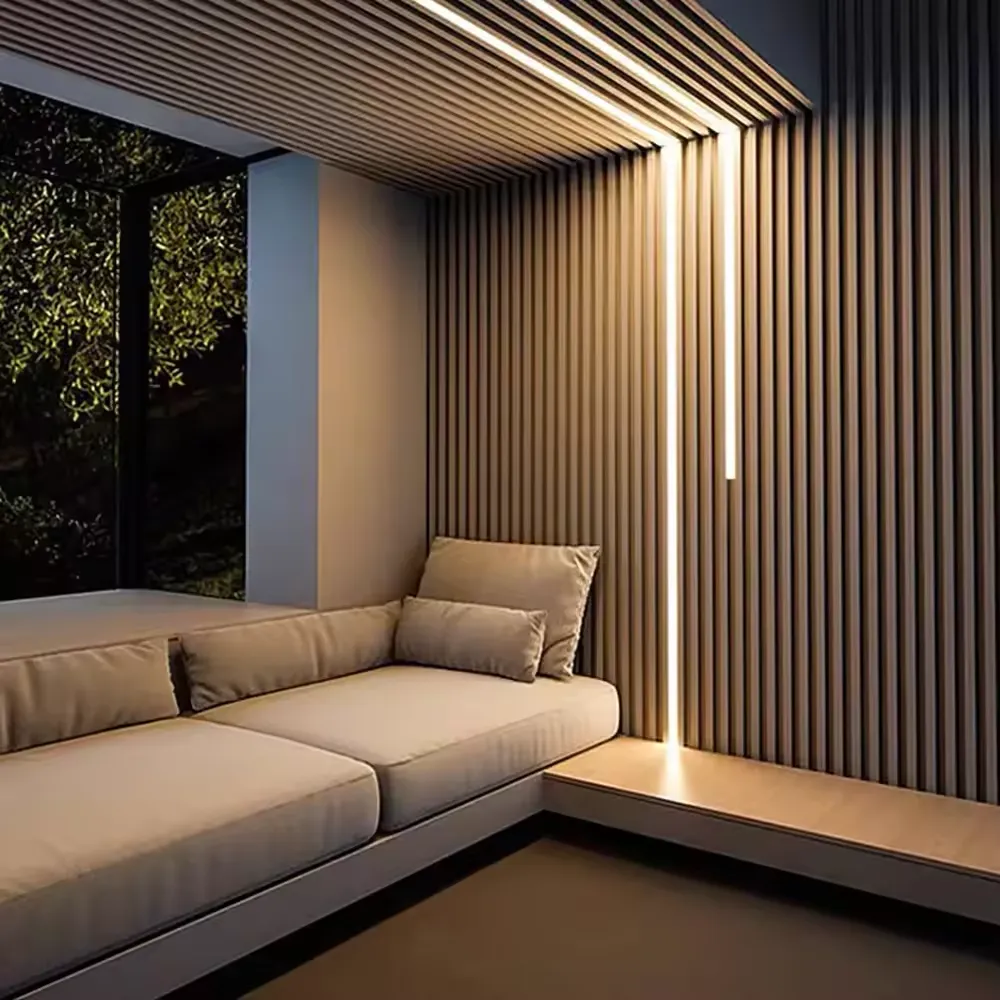Modern Acoustic Panels Elevating Sound Quality and Aesthetics in Contemporary Spaces
In the realm of interior design and architecture, the interplay of sound and space has garnered increasing attention. As urban living spaces grow denser and acoustic challenges become more pronounced, modern acoustic panels have emerged as a vital solution. These innovative materials not only enhance sound quality but also contribute to the aesthetic appeal of a room, making them a popular choice for interior designers, architects, and homeowners alike.
Understanding Acoustic Panels
Acoustic panels are designed to absorb sound waves, thereby reducing echoes and background noise in a given area. They are typically made from sound-absorbing materials such as foam, fabric, or fiberglass. The effectiveness of an acoustic panel is often measured by its Noise Reduction Coefficient (NRC), a metric that indicates how well a product absorbs sound across a range of frequencies. The higher the NRC value, the better the material is at dampening sound.
The Functional Benefits
1. Noise Reduction In urban environments where noise pollution is prevalent, acoustic panels serve as a barrier against intrusive sounds. Whether in a bustling café, an open-plan office, or a residential living room, these panels create a more serene atmosphere, promoting concentration and relaxation.
2. Enhanced Communication In spaces where communication is key, such as conference rooms and classrooms, acoustic panels help improve speech intelligibility. By minimizing reverberation, they ensure that conversations are clear and understandable, fostering productive interactions.
3. Versatility Acoustic panels come in various shapes, sizes, and colors, making them suitable for diverse settings. They can be mounted on walls, suspended from ceilings, or even integrated into furniture design. This versatility allows designers to address specific acoustic issues while complementing the overall decor.
Aesthetic Appeal
Beyond their functional attributes, modern acoustic panels have evolved into stylish design elements. Manufacturers now offer panels in a multitude of finishes and styles, from sleek, minimalist designs to vibrant, artistic pieces. This fusion of form and function enables designers to utilize acoustic panels not just as soundproofing tools, but as integral components of a room's aesthetic.
Design Options and Innovations
modern acoustic panels

1. Textured Surfaces Contemporary acoustic panels often feature textured or patterned surfaces, adding depth and visual interest to a space. Whether it’s a wave-like design or geometric shapes, these textures can enhance the overall ambiance.
2. Custom Artwork Some companies offer custom printing on acoustic panels, allowing businesses and homeowners to display art or branding while simultaneously improving acoustics. This innovation means that sound management doesn't compromise artistic expression.
3. Eco-Friendly Materials With a growing emphasis on sustainability, many modern acoustic panels are produced using recycled materials or renewable resources. This environmentally conscious approach resonates with consumers looking to reduce their carbon footprint and create healthier indoor environments.
Practical Applications
Modern acoustic panels find utility across various sectors, including
- Corporate Environments Offices benefit from reduced noise levels, allowing for more productive working conditions. Open-plan spaces can be particularly challenging, and strategic placement of acoustic panels can transform these areas.
- Hospitality Restaurants, bars, and hotels use acoustic panels to create inviting atmospheres. By controlling sound, these establishments can enhance customer experience and encourage longer visits.
- Educational Facilities Schools and universities are increasingly investing in acoustic solutions to improve learning environments. Clearer sound contributes to better comprehension and retention of information.
- Home Use Homeowners seeking tranquility in their domestic environments have turned to acoustic panels to optimize sound in entertainment rooms, home offices, and family spaces.
Conclusion
Modern acoustic panels are a testament to the seamless blending of functionality and aesthetics in contemporary design. As we continue to navigate increasingly noisy environments, the importance of effective sound management will only grow. By incorporating acoustic panels, individuals and organizations can enhance their spaces not only in terms of sound quality but also in artistic expression, creating environments that are both functional and visually stimulating. Whether through innovative design elements or practical applications, modern acoustic panels are set to play a crucial role in the future of interior environments.
